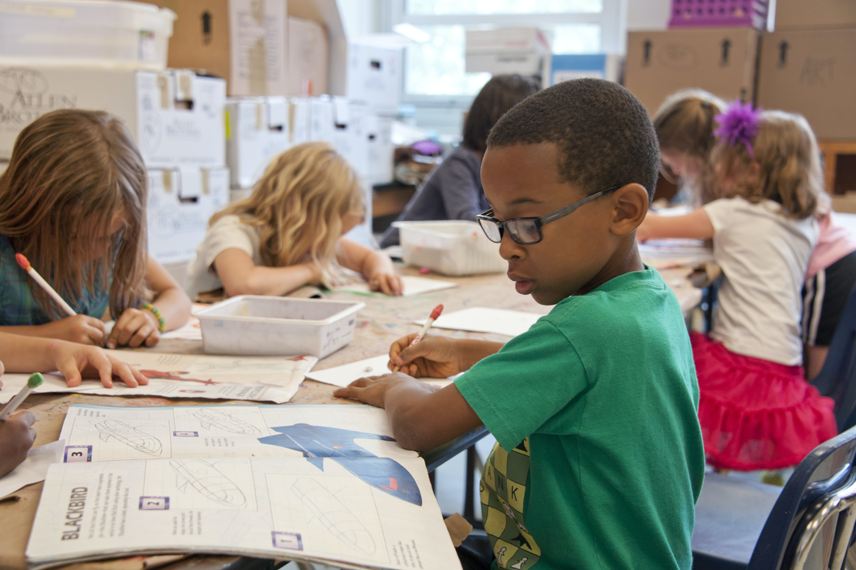
Crowded Classrooms, Teacher Shortages – Demographic Changes Could Help Our Nation’s Troubled Schools, But Only If We Let Them
- Nathanial Gronewold
- November 7, 2022
- Forum Papers
- Forum Paper
- 0 Comments
Click here for a downloadable, printable PDF version.
Crowded Classrooms, Teacher Shortages – Demographic Changes Could Help Our Nation’s Troubled Schools, But Only If We Let Them
An NPG Forum Paper
by Nathanial Gronewold
November 2022
Abstract: Schools in thousands of school districts across the country are burdened by too many students and not enough teachers to take care of them all. Classrooms are packed, halls are jammed, and children are forced to stand in the aisles of their school buses. Overcrowding causes behavioral problems, classroom disruptions, and weaker educational outcomes. Lower birth rates could deliver relief in the coming years as U.S. school enrollments are expected to decline. Many people are determined to stop this from happening, however, calling for mass increases in immigration to keep population growth ever higher. They should be careful what they wish for, for the sake of our students.
I attended high school in northern Arizona, generally a sparsely populated region where towns are spaced apart by hours-long drives. At the time, my high school was actually facing an overcrowding issue, but the school was legally mandated to take in any and all new students, including me. This situation wasn’t helped by the fact that it was the only high school in a city that was rapidly growing in population and school enrollments. My high school coped with this influx as best it could, but the strain was obvious.
Lockers were added to the outside of buildings, in an arched enclosure that looked like it was meant to be temporary but stayed put right up until my graduation. I remember walking through snow to get books out of my locker. Half of my classes were held in supposedly “temporary” trailers that were never actually removed or replaced. Every classroom was packed, and every desk was occupied. The school had a good football team, but it was hardly known for its academic excellence. This fact clearly bothered the faculty and administrators, but it wasn’t their fault, and there was little they could do about it. Crowded schools are bad schools—their classrooms are noisier, their students are less disciplined, and their teachers have less time to attend to each pupil, causing many struggling learners to fall through the cracks. My high school issued diplomas to peers who could barely read because the teachers had a hard time keeping track of us all. Classroom disruptions were routine. Many of the students were cruel and disrespectful to teachers they didn’t particularly care for at times. These same students drove at least one of my teachers to quit. There were no teacher shortages back then, so they found a replacement for her in short order. Would they be able to today?
My high school’s problems were driven by one force: a rapidly rising city population. Too many students were coming in without enough time or resources for the school to cope. This is now an alltoo-familiar story in much of America today, one that is getting worse as school districts across the country rebound from the pandemic. Unfortunately, there is no national conversation discussing how population growth has been making the long list of substantial problems plaguing America’s school systems significantly worse. Perhaps this needs to change. Population growth and massively high levels of immigration are portrayed in the media and in much of the nation’s political conversation as forever and always good things, with absolutely no downsides to speak of whatsoever anywhere. This is a powerful delusion, but a delusion still. Increasingly, the downsides to population growth could be outnumbering the upsides, and it’s time for America to recognize this…Continue reading the full Forum paper by clicking here.
Nathanial Gronewold is the author of Anthill Economics: Animal Ecosystems and the Human Economy
and A Tale of Two Cranes: Lessons Learned from Fifty Years of the Endangered Species Act. He holds a
Ph.D. in environmental science from Hokkaido University and teaches journalism and media operations as
a faculty member at the University of Hawaii at Manoa.


